Fashion is more than just clothing, it’s a form of expression.
And in today’s world, fashion brands are more than just labels, they’re a lifestyle. In a crowded market where competition is fierce, branding has become a critical tool for success. It’s a challenge that fashion marketing agencies, like ours, face all the time.
It’s no longer enough to have a great product; you need a strong brand that resonates with your audience.
In this short guide, we’ll explore the art of fashion branding and show you how to create a successful brand that stands out in the crowd.
💸Can your online apparel store perform better? Identify key areas to improve using our top-notch ecommerce audit calculator.
Developing Your Brand Identity
The foundation of any successful brand is its identity. This is your internal compass, the set of values and beliefs that inform your decisions.
Creating a unique brand identity begins by understanding your target market and the needs they have. To do this, you’ll need to undertake market research, which involves gathering data, conducting surveys, and studying your competitors.
Once you have a good understanding of your target market, you can start developing your brand identity. This includes identifying your brand’s aesthetic, mission, vision, goals, and values.
The Elements of a Successful Fashion Brand
Your fashion brand is more than just a collection of colors and logos. It’s a story that communicates your values and what your brand stands for.
This story can also be communicated through your logo design and other branding elements.
When you sit down to define your brand identity, don’t just focus on the visual elements. Ask yourself these three crucial questions:
- What will your brand be known for?
- What does your brand stand for?
- What are your brand’s guiding values?
These questions will help you define the essence of your brand and communicate it to the world.
Your brand’s characteristics could be as simple as sustainability and luxury. But they should reflect your core values, while also being attractive to your target audience.
The values you identify must be reflected in your brand story and the visual elements you choose.
When your visuals and values combine, your brand will communicate its purpose and values to the world.
Your brand and its values will soon be widely known, with people recognizing your eco-friendly luxury clothing and asking, “Isn’t that the brand that does…?”
Define Your Brand
Let’s take a bit of a deeper look into what it means to build and define your fashion brand.
And it starts with crafting your brand’s story.
Brand Story
A successful brand story––measured by its ability to drive revenue––contains three essential components.
1. Your target customer
Who are they? What are their needs, wants, and desires? The more you understand about your target audience, the better equipped you’ll be to craft a brand story that resonates with them.
2. How your product will benefit them
Does your clothing line help people feel confident and empowered? Is it made from sustainable and eco-friendly materials that align with their values?
Communicating the benefits of your product in a clear and compelling way is key to winning over potential customers.
3. Unique features that separate it from competitors
Maybe you’re the only fashion brand in your niche that offers custom sizing, or maybe you’re known for your bold and innovative designs.
Whatever it is, make sure it’s clear to customers why they should choose your brand over others.
Brand Values
Once you’ve established your brand story, the next step is to define your brand values.
Your brand values are the pillars of your company. They help you make decisions and guide your actions.
To identify your brand values, ask yourself these questions:
- What is important to me as an entrepreneur?
- How do I want my brand to make customers feel?
- What do I want my brand to represent?
Answering such questions will help you determine the core values that your fashion brand is built upon.
Visual Identity
This is arguably the most important part of your brand’s overall package.
Visual identity is what gets your fashion brand’s foot in the door, so to speak, with your future customers. It creates the initial impression that your brand leaves on potential customers and can have a powerful impact on their buying decisions.
Your visual identity should be distinctive and recognizable, while also being consistent with your brand’s values and story.
The three foundational elements of a fashion brand’s visual style are color, typography, and imagery.
Color is perhaps the most critical element as it sets the tone for the entire brand. The right color palette can evoke emotions and associations that connect with the brand’s personality and values.
Typography also plays an essential role, as it communicates the brand’s voice and personality through the style and arrangement of letters and words.
Finally, imagery, whether it be product photography or lifestyle imagery, helps convey the brand’s vision and inspires customers to envision themselves using the brand’s products. For instance, can use a logo maker to create your brand’s logo, then try to reflect your brand’s identity within your product coloring.
Create Your Brand Message
Once you’ve crafted your story and identified your brand’s visual identity, it’s time to create a consistent brand message.
Your brand message should be the same across all channels and platforms. It should clearly and concisely communicate your brand’s purpose and values to the world.
At the same time, it should be persuasive and engaging, inspiring customers to take action.
Positioning Statement
Your fashion brand is only as strong as the position it occupies in the minds of your target consumers.
A clear and concise positioning statement is a key component of any successful clothing brand strategy. It defines what sets your brand apart from the competition and communicates to consumers what your brand represents.
To create a positioning statement for your fashion brand, start by identifying your target audience and what makes them tick.
Then, distill your brand’s unique value proposition into a simple and memorable statement.
This statement should be authentic, honest, and resonant with your target audience.
Don’t be afraid to take risks and push boundaries, as a strong and distinctive positioning statement is crucial for standing out in a crowded fashion market.
Unique Selling Proposition
Your unique selling proposition (USP) communicates the value of your fashion brand. It answers the question, “Why should customers choose my brand over the competition?”
To create an effective USP, you need to pay close attention to the marketplace and gain a deep understanding of how customers perceive your brand.
Your USP should be simple and easy to remember, but also unique enough to set your fashion brand apart from the competition.
Develop Your Brand Voice
Developing a brand voice for a fashion brand is a crucial step in creating a successful and cohesive brand identity.
Your brand voice should reflect your brand’s personality and values, and speak to your target audience in a way that resonates with them.
Tone of Voice
To start developing your brand voice, it’s important to define your brand’s tone and messaging.
Think about the words and phrases that best represent your brand and its values.
Are you edgy and bold, or sophisticated and refined?
Are you playful and whimsical, or serious and informative?
To get started, write down a list of words you want your brand to be known for and go from there.
Brand Language
This is the set of terms, phrases, and words that you use to describe your brand and its products.
Consider what language best captures the spirit of your fashion brand and the feelings that you want to evoke in customers.
And, remember, to get people to listen, you have to speak in a way they uderstand.
Your brand language should be consistent and unmistakable, so make sure to use the same words and phrases across all of your communications.
By creating a strong and distinctive brand language, you can build awareness and differentiate your brand from others in the industry.
Once you have a list of key terms and phrases, use them consistently across all of your marketing channels, including social media, website copy, and product descriptions. This will help create a cohesive and recognizable brand identity.
Why is Branding So Important For Fashion Brands?
Branding is essential for any business, especially in the fashion industry. A strong brand identity helps set a fashion brand apart from the competition, as well as drives customer loyalty and builds trust.
Good branding helps create an emotional connection with customers and conveys the values and qualities that customers can expect from the brand.
Branding is also a reflection of the brand’s personality and vision and helps to create a recognizable and distinctive identity.
Additionally, a strong brand identity can help a fashion brand stand out in a crowded market, inspire customers to purchase their products, and ultimately be remembered.
Conclusion
Branding is an essential component of any successful fashion brand.
By crafting a unique story, identifying brand values, and creating a consistent visual identity, fashion brands can build awareness, differentiate themselves from the competition, and inspire customers to take action.


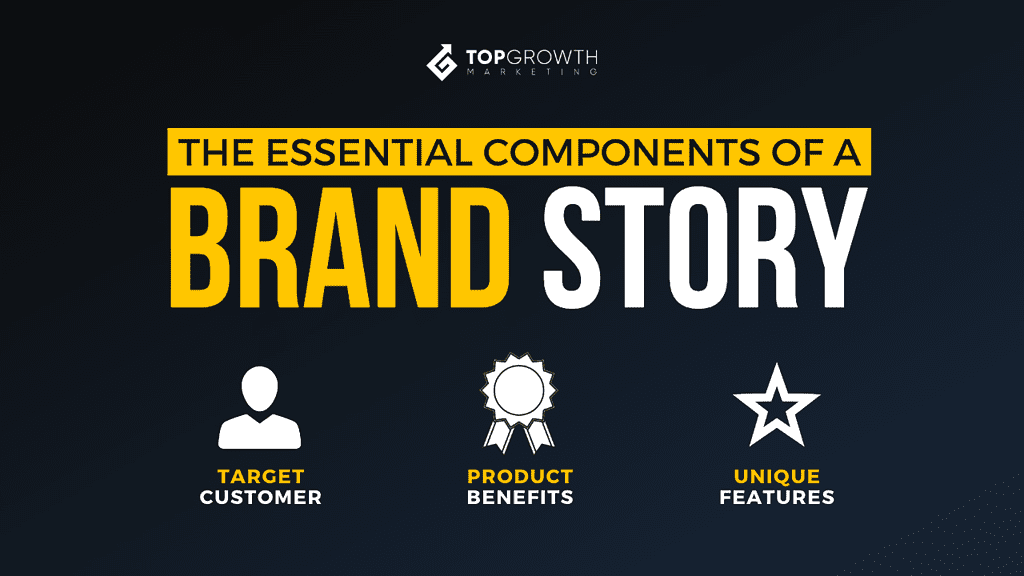
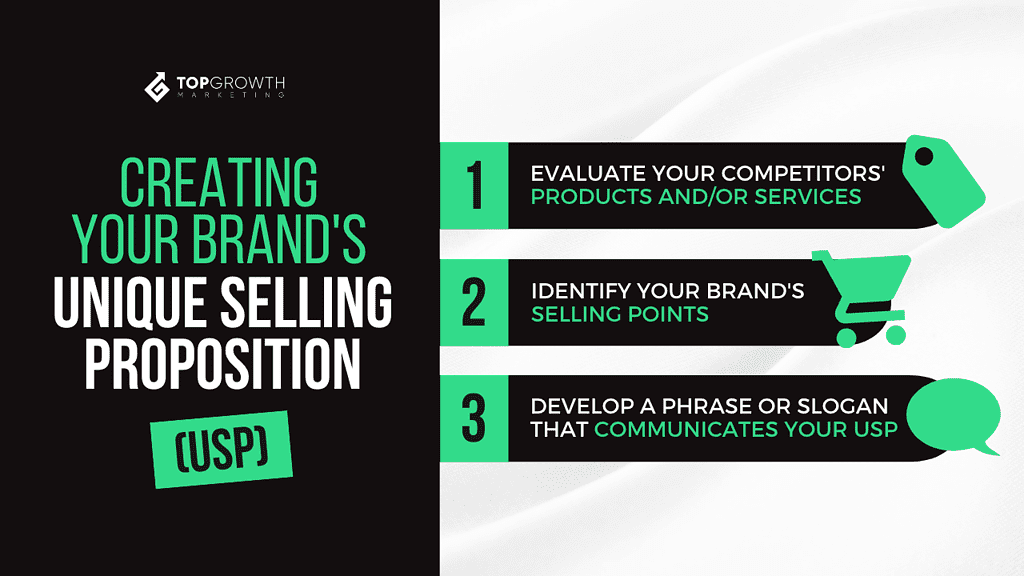

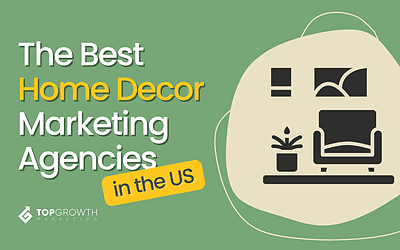

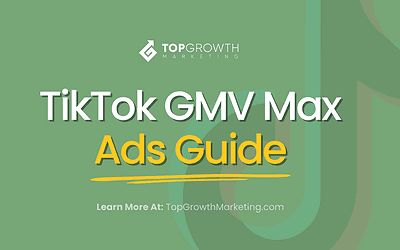
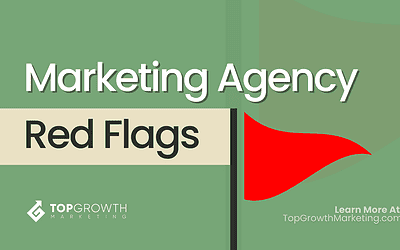
0 Comments